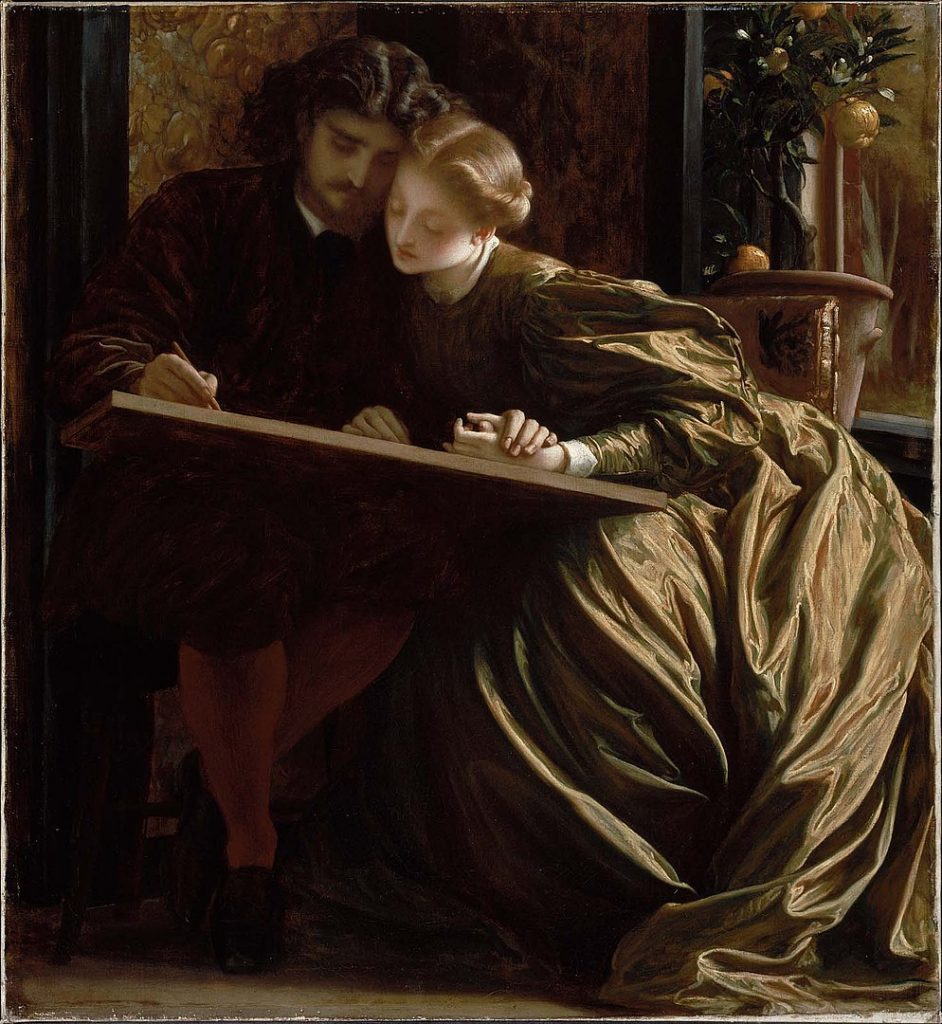
Frederic Leighton, 1st Baron Leighton (1830–1896), was a towering figure in the Victorian art world, celebrated for his contributions as a painter, sculptor, and influential leader in the arts. Born on December 3, 1830, in Scarborough, North Yorkshire, England, Leighton’s early life was marked by extensive travel across Europe, exposing him to a wide range of artistic styles and cultural influences that would deeply inform his work.
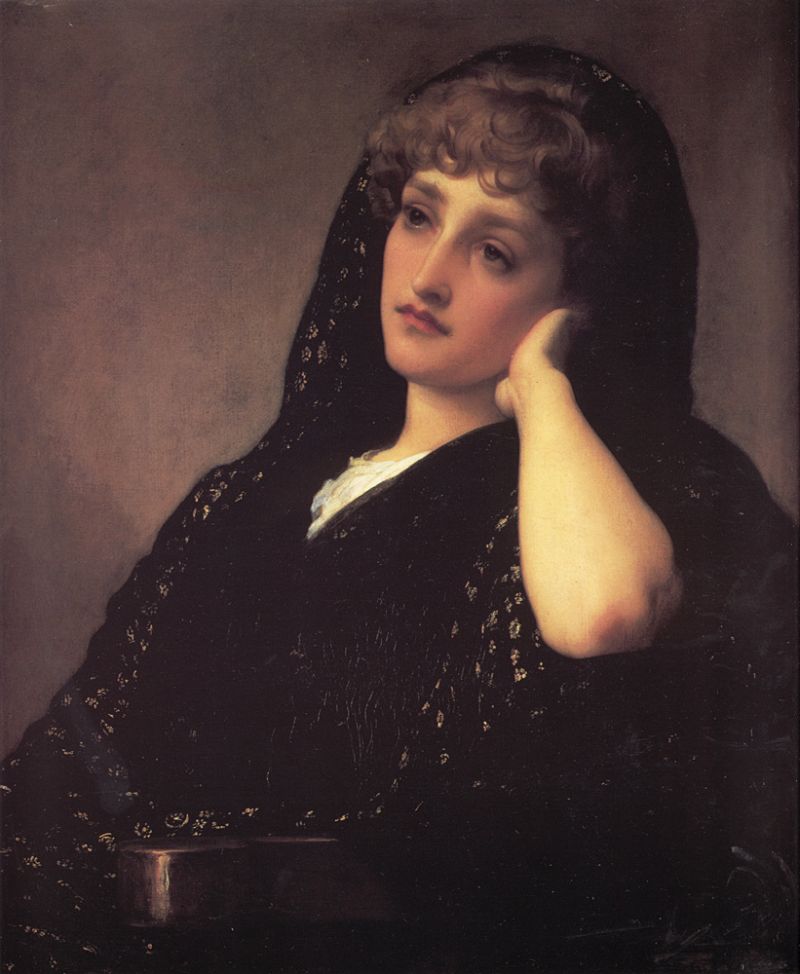
Leighton’s formal education in art began in Frankfurt and continued in Rome and Berlin, where he was profoundly influenced by the Nazarenes, a group of German artists committed to the revival of religious art. However, it was his time in Italy, particularly in Florence and Rome, where Leighton fully embraced the classical traditions that would underpin his artistic philosophy. His immersion in the study of classical sculpture and Renaissance painting defined his approach to art, characterized by a profound reverence for beauty, an exquisite sense of form, and a meticulous attention to detail.
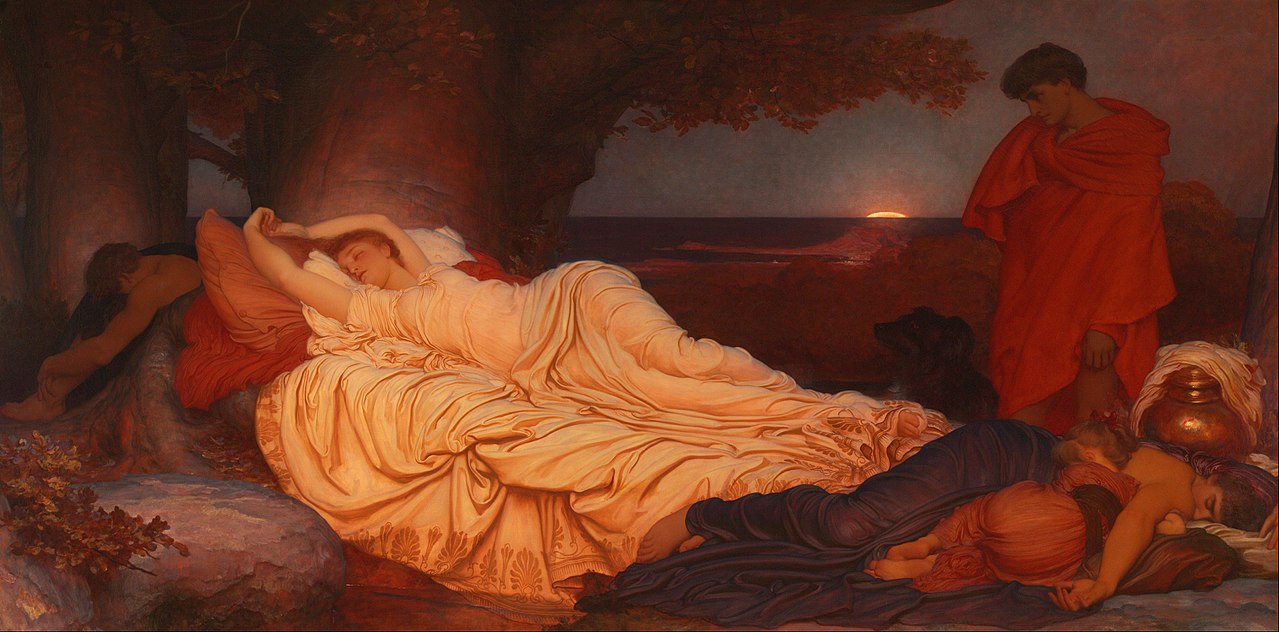
In 1855, Leighton moved to London, where he quickly established himself as a leading artist with his painting “Cimabue’s Celebrated Madonna is carried in Procession through the Streets of Florence” (1855), which was acquired by Queen Victoria, signaling royal endorsement of his work. This early success marked the beginning of a distinguished career that saw Leighton become one of the most celebrated artists of his time.
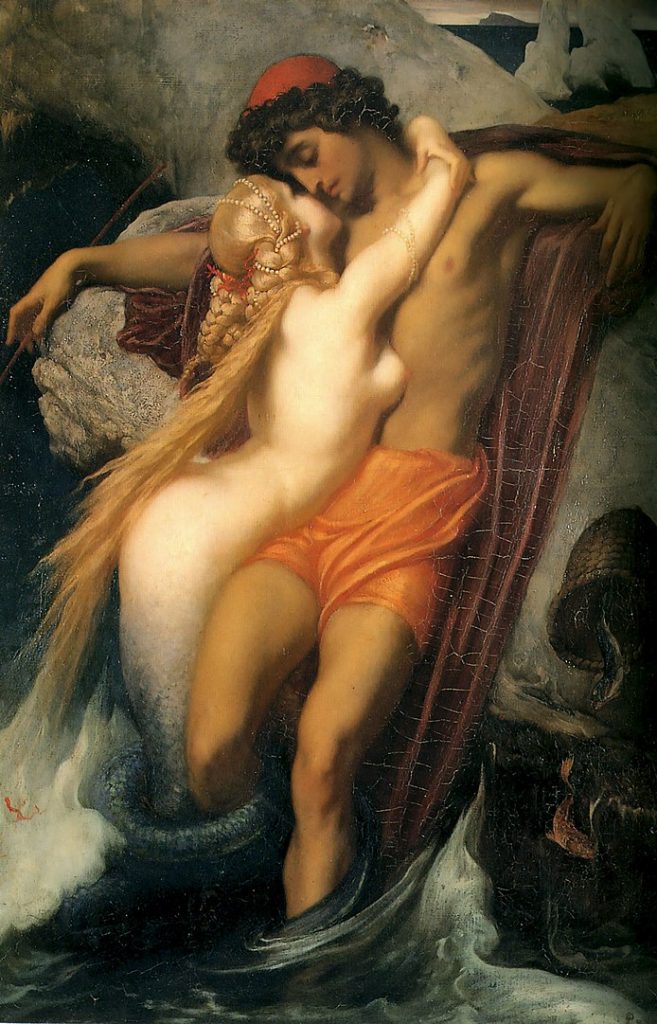
Leighton’s oeuvre is predominantly composed of classical and historical subjects, imbued with a sense of idealized beauty and often featuring figures from mythology and antiquity. Works such as “The Fisherman and the Syren” (1856-1858), “Flaming June” (1895), and “The Garden of the Hesperides” (1892) exemplify his mastery of composition, color, and the human form, reflecting his commitment to elevating art to the realm of the sublime.

Beyond painting, Leighton was also an accomplished sculptor, creating works that further explored his fascination with classical themes and the beauty of the human body. His sculpture “An Athlete Wrestling with a Python” (1877) marked a significant moment in British sculpture, signaling a departure from the neoclassical towards a more dynamic and naturalistic representation of the figure.
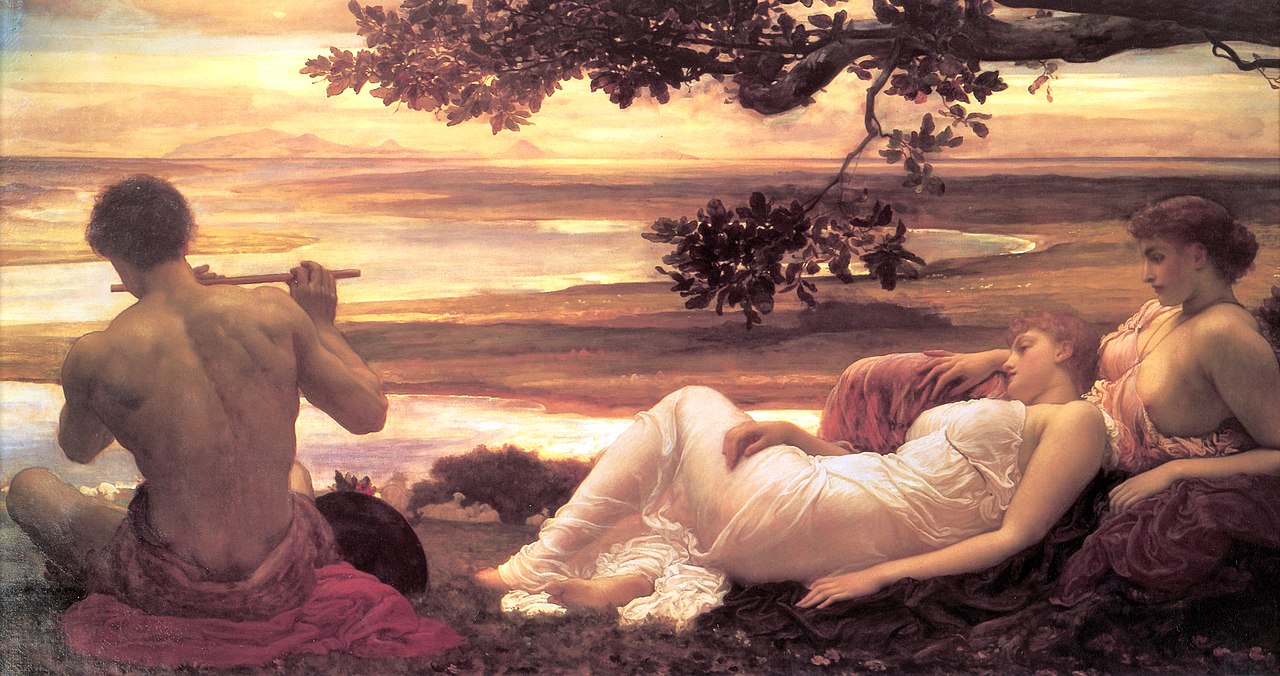
Leighton’s influence extended beyond his artistic contributions. In 1878, he was elected President of the Royal Academy, a position he held until his death. Under his leadership, the Academy flourished, becoming a central institution in the British art world. Leighton was a passionate advocate for the arts, committed to fostering artistic talent and promoting the importance of beauty in public and private life.
In recognition of his contributions to art and society, Leighton was ennobled, becoming the first artist to be granted a peerage. Although he died the day after his elevation, the honor underscored his status as one of the most respected and influential figures in Victorian Britain.
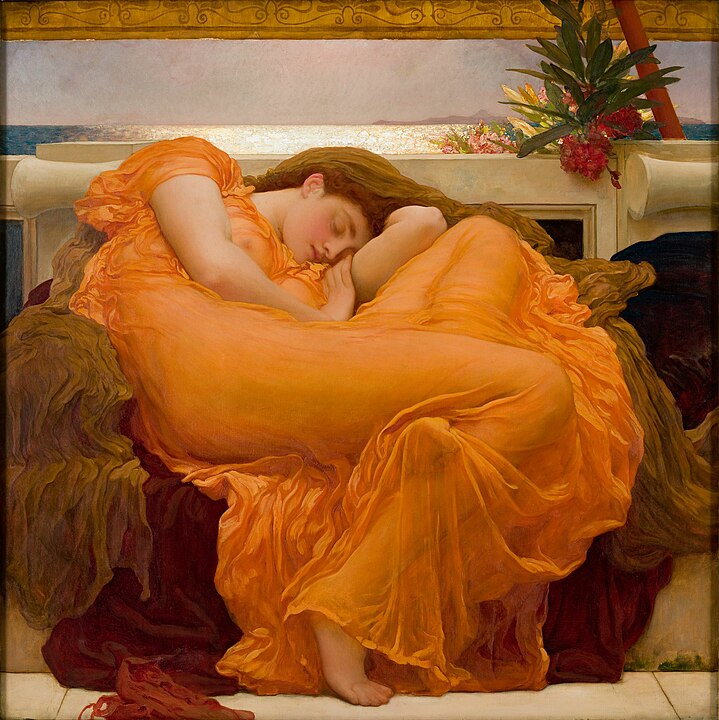
Leighton’s legacy is that of an artist who strived for perfection, embodying the ideals of beauty and excellence that defined the Victorian era. His work continues to captivate audiences with its classical grace and aesthetic refinement, securing his place in the pantheon of great British artists. Frederic Leighton’s life and work remain a testament to the enduring power of art to inspire, uplift, and illuminate the human experience.



